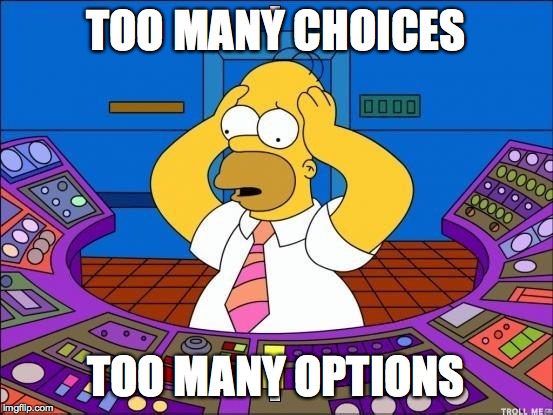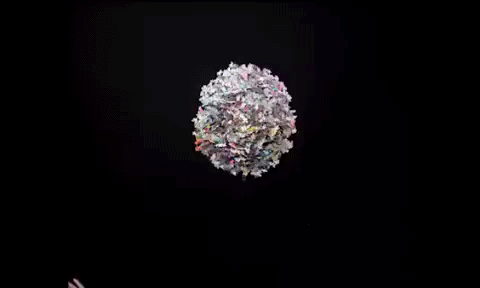3 ways psychology and design are linked

Bri Martinez
4 minutes
Why is design important?
Yes, it’s to make things work well and look good, but did you know there are more layers beyond “just make it look pretty”? Good design isn’t just lipstick on a pig. A key understanding of the behavior and needs of our beloved users is required by any good studio to be successful.
As user experience designers, it’s important for us to be a hybrid mix of creatives and psychologists in order to make a successful product. In fact, it is downright silly not take the human condition into consideration when designing. Humans are using your product right? And there is a ton of proof why and how psychology is essential for design. Here are a just couple of basic ways our team uses it every day.
1. sustained attention in a user is key.
Whether we’re designing a website for hotels, or refreshing the look and feel of a well-known and popular local establishment, it’s important for people to engage with it. It’s our responsibility as designers to streamline the process for users, and reduce overloading their senses with too many options that can distract them from what’s important. This is also known in psychology as Hick’s Law.

This was recently touched on in a previous post of ours, but to recap: the more choices you give someone, the longer it will take for them to make a decision. When applying this to a web-based application, it runs risk of the user dropping off the product soon before ever reaching the end-point. A great example of this being put into practice is In-N-Out’s simple 3-4 food option menu, as opposed to 16-20 options at any other standard fast food spot (with the exception of their secret menu items. Animal style on EVERYTHING please!).
This may change based on the environment you are designing for. Always remember that a user looking at something on the computer will be having a different experience vs. looking at something on their phone. This is why it’s always important to make sure you’re strategizing to accommodate different experiences through user research.
2. as humans we are emotionally driven.
Think about the last time you had to call customer support for an issue. Would you want to listen to an automated system where they make you “dial 3 for this”, then “Dial 2 for this”, then wait for a list of numbers until it gets to “if you would like to speak to support, press 9”? Or would you rather just have someone immediately pick up and ask you what the issue is?

It’s important to know the necessity of empathy in technology. Whether that means your chatbot has a conversational and natural tone, or you show the engagement that customers of yours are sharing on social media. Researching the user engagement, and getting results from their behavior and actions allow us as designers to achieve a more satisfying product (user flows and customer journey maps, anyone?). This also helps us help clients understand why we would advise against certain decisions.
3. does that mean it doesn’t have to look pretty?
There’s a theory that’s learned in design that’s called the Gestalt principles. It suggests that there are several concepts that help influence the perception of a user when interacting with a product. In modern terms, they are known as proximity, common region, similarity, symmetry, and continuity.
It’s also important to understand how to correctly use color, contrast, form, etc. to aid users in processing the information you’re laying out for them, especially when taking accessibility under consideration. They’re all the pieces to a puzzle of a larger image that needs to make sense when put together.

This technically goes more into User Interface design, but with all these put into practice, designers are able to effectively achieve visual communication that can create a much better experience for the users.
So yes, it should still look good. But with purpose.
tl;dr?
Design is more than just a pretty face. It’s absolutely necessary to understand who we’re designing for and why we’re designing in order to know HOW to design. Humans are complex and emotional beings and we shouldn’t assume what a user’s actions will be when engaging with a product. Comprehending psychology via research–and designing to that research–can only help aid us into understanding the best ways to meet each other’s needs.
More
insights
Lorem ipsum dolor sit amet, consetetur sadipscing elitr, sed diam nonumy eirmod tempor.
©2025 300FeetOut All Rights Reserved | Privacy Policy